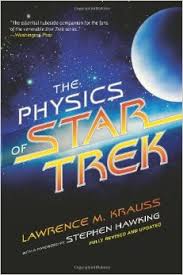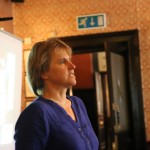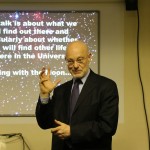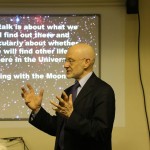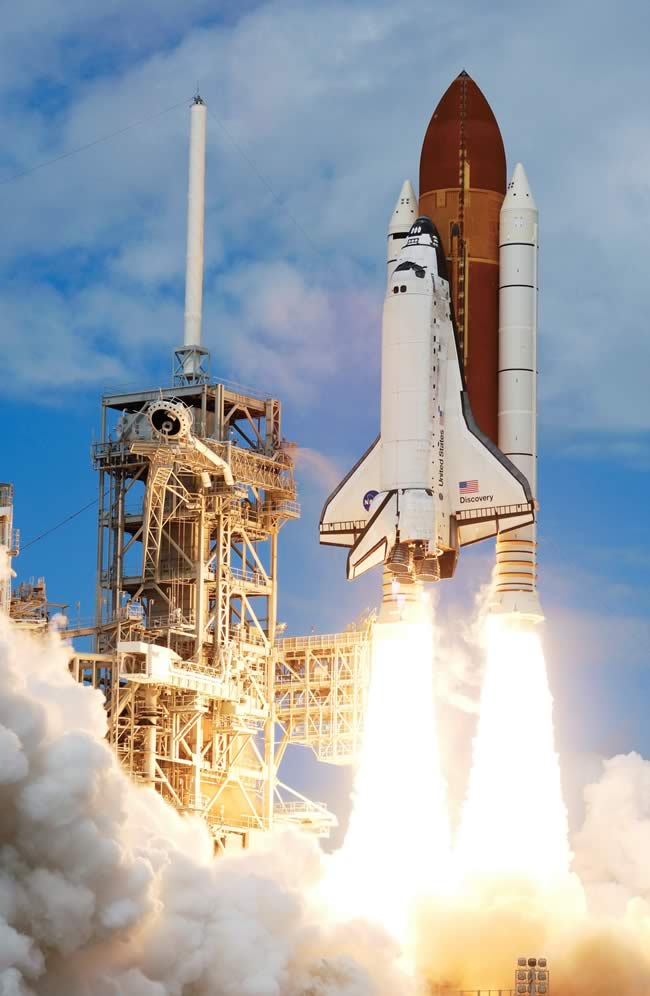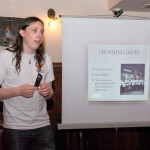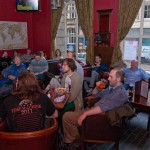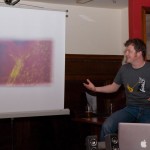Pebble in the Sky
Saturday, December 12th, 2015 | Books
Pebble in the Sky is the third novel in Isaac Asimov’s galactic empire series. The empire of Trantor is now firmly established and spreading to every corner of the galaxy.
Earth on the other hand is not doing so well. The people of the galaxy have forgotten that it was the original home world of man, and Earth has fallen out with the rest of the galaxy. However, they gave a secret plan to destroy the empire.
Having read the Foundation series, it adds a different perspective. Spoilers start here by the way. This novel ends with a note of hope that Earth will rebuild. However, as those of us who have read Foundation and Earth will know, it doesn’t.
Foundation also benefits from originally having been short stories merged into novels. This means a lot happens and you see the story unfold over hundreds of years. The galactic empire series typically take place on one or two planets, and not much happens. They are still good, but it does not have quite the same effect of the first Asimov novels I read.
It does do an excellent job of constructing the amazing world that makes Asimov’s storytelling so enjoyable though. The far future, and the familiar, blended into one.

Pebble in the Sky is the third novel in Isaac Asimov’s galactic empire series. The empire of Trantor is now firmly established and spreading to every corner of the galaxy.
Earth on the other hand is not doing so well. The people of the galaxy have forgotten that it was the original home world of man, and Earth has fallen out with the rest of the galaxy. However, they gave a secret plan to destroy the empire.
Having read the Foundation series, it adds a different perspective. Spoilers start here by the way. This novel ends with a note of hope that Earth will rebuild. However, as those of us who have read Foundation and Earth will know, it doesn’t.
Foundation also benefits from originally having been short stories merged into novels. This means a lot happens and you see the story unfold over hundreds of years. The galactic empire series typically take place on one or two planets, and not much happens. They are still good, but it does not have quite the same effect of the first Asimov novels I read.
It does do an excellent job of constructing the amazing world that makes Asimov’s storytelling so enjoyable though. The far future, and the familiar, blended into one.




